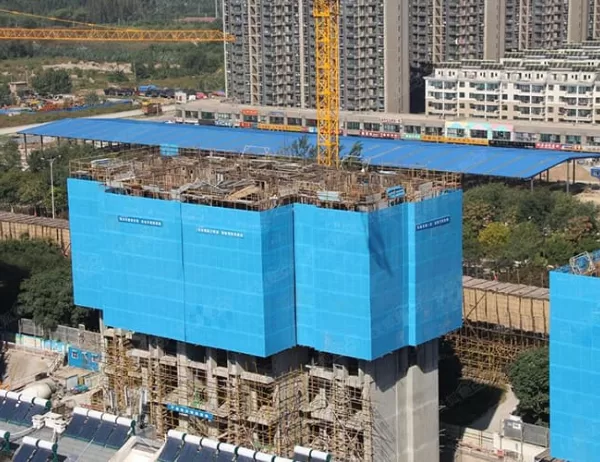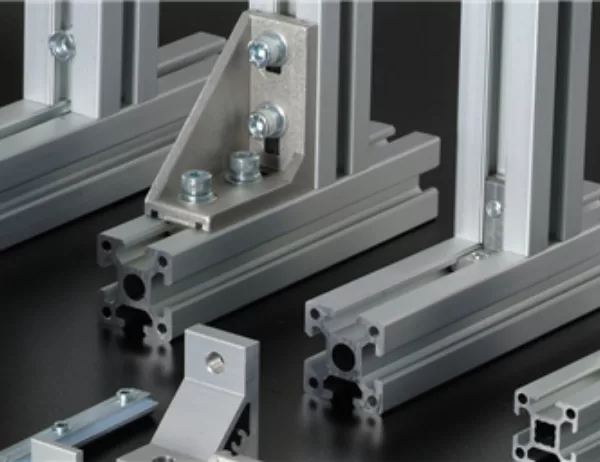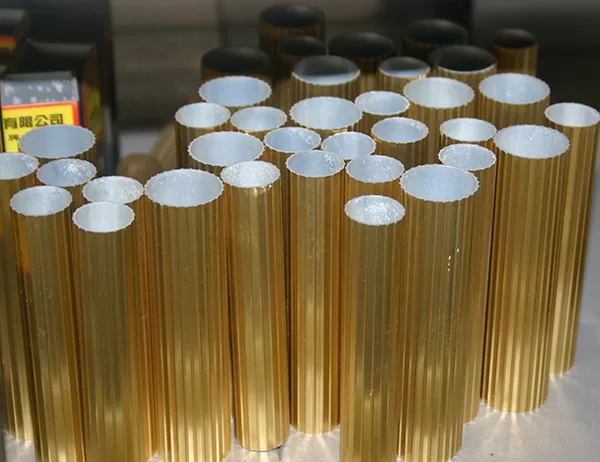The burgeoning solar industry relies heavily on aluminum profiles for mounting photovoltaic panels. While aluminum is lightweight and durable, its production can have significant environmental impacts. Understanding these impacts is crucial for promoting sustainable solar energy development. This article explores the environmental consequences of solar aluminum profile production from various perspectives.
Extraction and Mining
Aluminum production commences with extracting bauxite ore from mines. This process involves large-scale excavation, which disrupts ecosystems and displaces wildlife. Mining also generates waste rock and overburden, potentially contaminating soil and water. Furthermore, bauxite mining often occurs in tropical regions, contributing to deforestation and biodiversity loss.
Refining and Smelting
Bauxite is refined into alumina through the Bayer process, which consumes large quantities of energy and water. The smelting process, where alumina is converted into aluminum, is highly energy-intensive and releases significant amounts of greenhouse gases, including carbon dioxide and perfluorocarbons (PFCs). PFCs are potent greenhouse gases with global warming potential thousands of times that of carbon dioxide.
Fabrication and Extrusion
Solar aluminum profiles are fabricated and extruded to create the desired shapes and dimensions. These processes involve cutting, bending, and anodizing the aluminum, which can generate hazardous waste and contribute to air pollution. Anodizing, a surface treatment that enhances corrosion resistance, releases toxic chemicals that must be properly managed to prevent environmental contamination.
Transportation and Installation
Transporting raw materials and finished aluminum profiles to manufacturing facilities and installation sites consumes fossil fuels and emits greenhouse gases. The construction and installation of solar panels also involve activities that can disturb soil, vegetation, and wildlife. Careful planning and mitigation measures are required to minimize these impacts.
End-of-Life Disposal
At the end of their lifespan, solar aluminum profiles must be properly disposed of to prevent environmental contamination. Landfilling and incineration can release harmful substances into the environment. However, recycling aluminum is a viable option, but it requires energy and can generate waste. Therefore, reducing waste and promoting sustainable disposal practices are essential.
Conclusion
The environmental impact of solar aluminum profile production extends from mining and refining to fabrication, transportation, installation, and end-of-life disposal. Understanding these impacts is critical for promoting sustainable practices throughout the solar industry’s value chain. By adopting eco-friendly extraction techniques, optimizing energy consumption, implementing efficient recycling programs, and considering alternative materials, we can mitigate the environmental footprint of solar aluminum profile production and contribute to a cleaner future.




